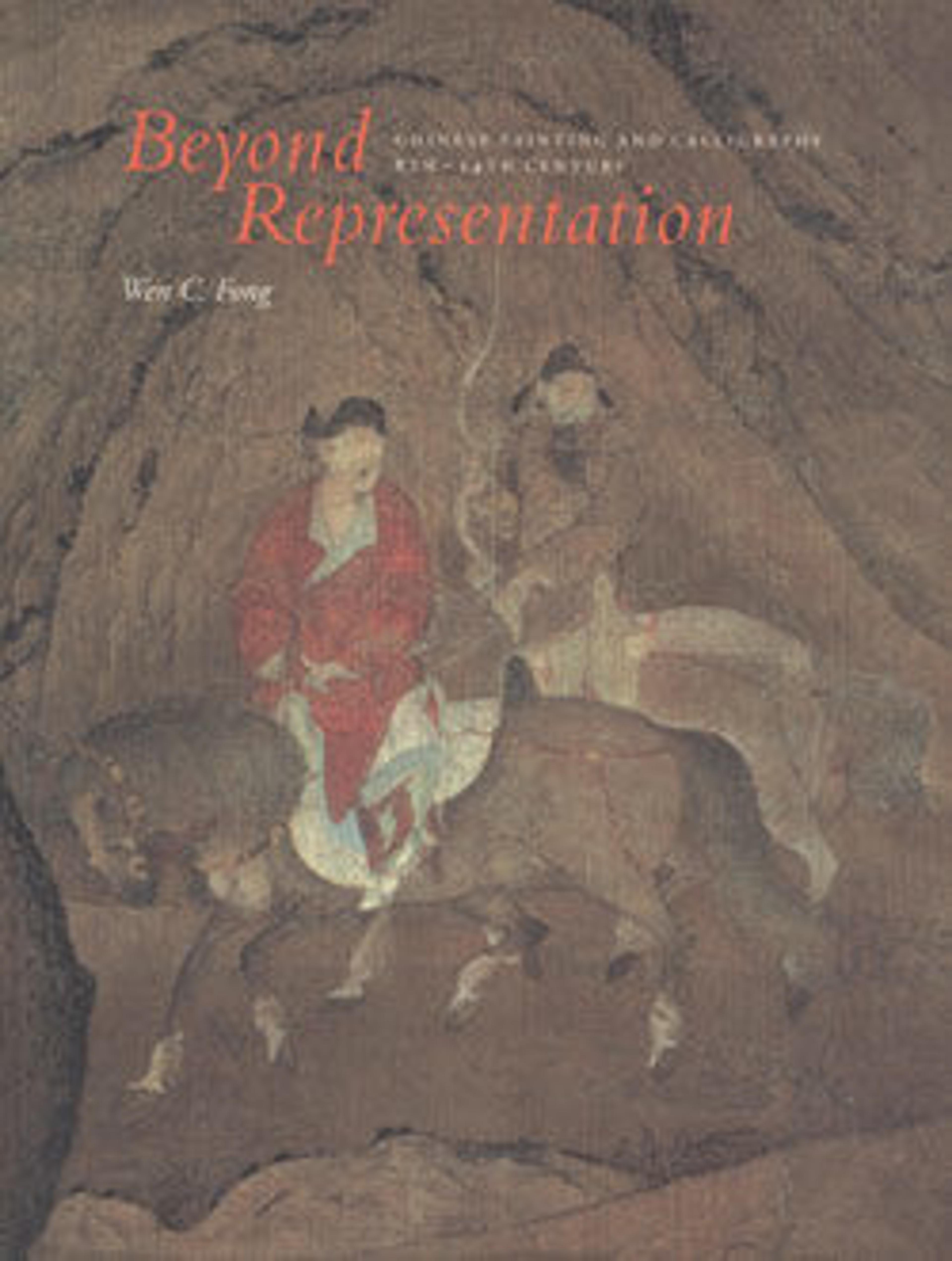Eight Kinds of Jin and Tang Writings in Small Standard Script
This set of rubbings replicates a canon of standard script writings attributed to the Jin dynasty master Wang Xizhi (ca. 303–ca. 361) as well as two of his greatest Tang dynasty followers: Yu Shinan (558–638) and Chu Suiliang (596–658). These writings, a fundamental source for later students of standard script, were first preserved in carved stone during the Tang dynasty, but rubbings continued to be made from this set until modern times.
Artwork Details
- 晉唐 小楷 法書八種 舊拓本a. 東晉 王羲之 小楷樂毅論 舊拓本b. 東晉 王羲之 行楷蘭亭序 舊拓本c. 東晉 王羲之 小楷曹娥碑 舊拓本d. 東晉 傳王羲之 小楷黃庭經 舊拓本e. 東晉 王獻之 小楷洛神賦 舊拓本f. 佚名 小楷樂毅論 舊拓本g. 唐 虞世南 小楷破邪論序 舊拓本 h. 唐 褚遂良 小楷陰符經 舊拓本
- Title:Eight Kinds of Jin and Tang Writings in Small Standard Script
- Artist:Various artists Chinese, 4th–7th centuries
- Period:Qing dynasty (1644–1911)
- Date:17th century (?)
- Culture:China
- Medium:Set of rubbings mounted in an album of 45 leaves; ink on paper
- Dimensions:Each leaf maximum size: 9 7/8 x 3 13/16 in. (25.1 x 9.7 cm)
- Classification:Rubbing
- Credit Line:Purchase, The Dillon Fund Gift, 1989
- Object Number:1989.141.2a–gg
- Curatorial Department: Asian Art
More Artwork
Research Resources
The Met provides unparalleled resources for research and welcomes an international community of students and scholars. The Met's Open Access API is where creators and researchers can connect to the The Met collection. Open Access data and public domain images are available for unrestricted commercial and noncommercial use without permission or fee.
To request images under copyright and other restrictions, please use this Image Request form.
Feedback
We continue to research and examine historical and cultural context for objects in The Met collection. If you have comments or questions about this object record, please contact us using the form below. The Museum looks forward to receiving your comments.
